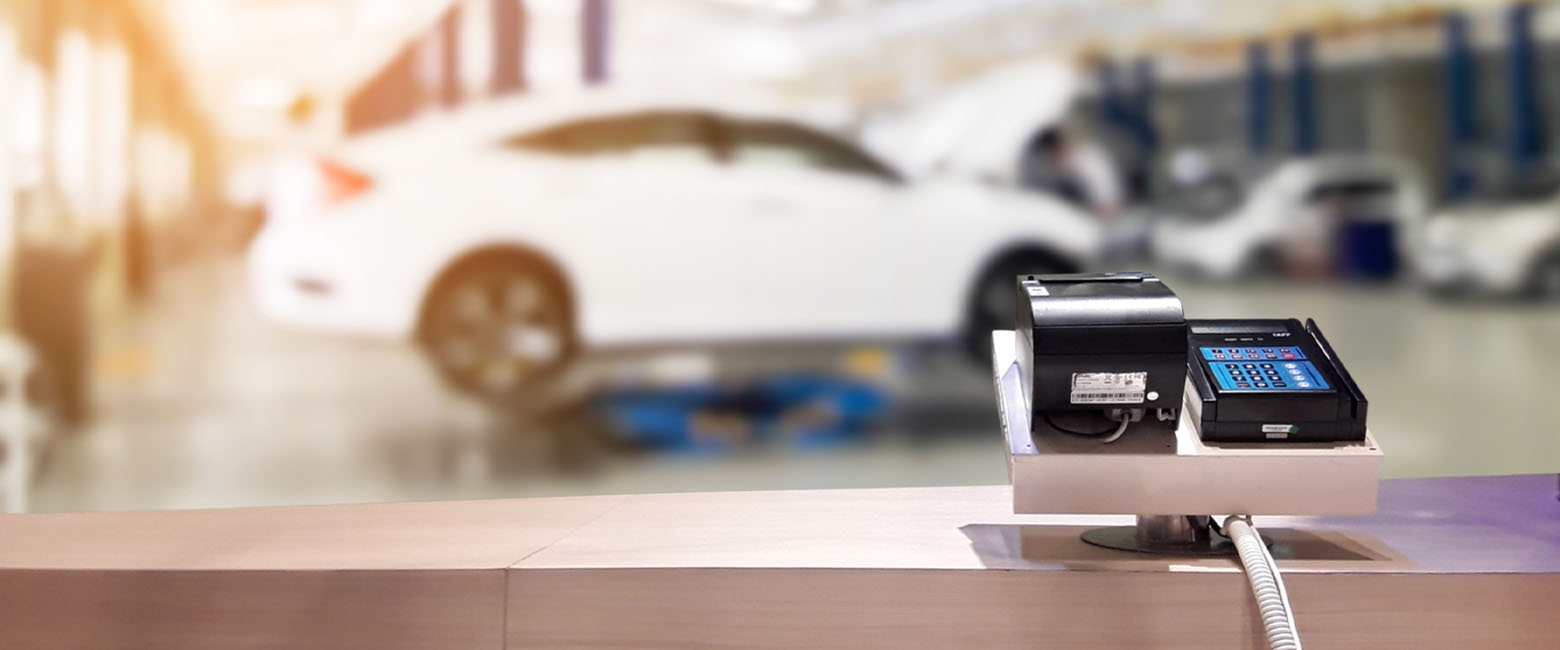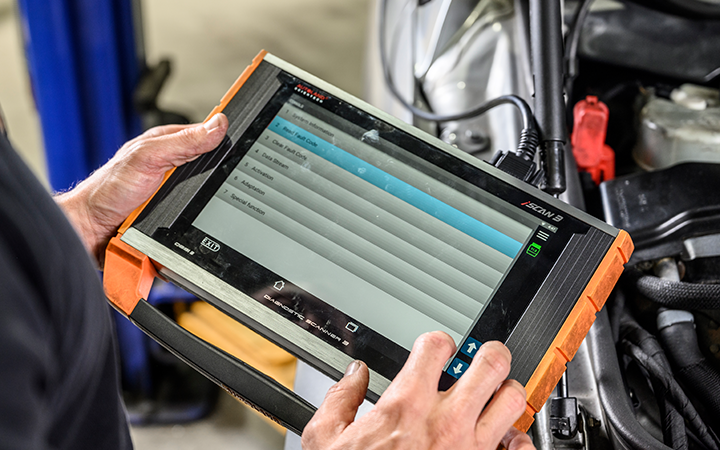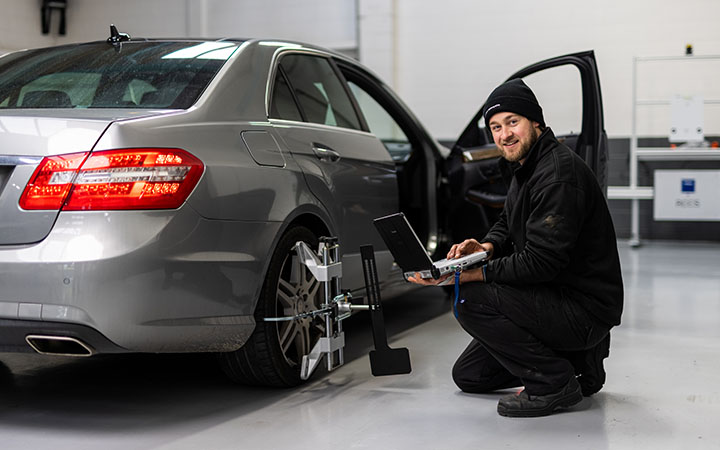Lower profit margins are one of the top concerns of every workshop owner.
Capricorn’s State of the Nation Report 2020 found 41 per cent of Members are worried about this financial squeeze, with owners of larger workshops more concerned about it than those of smaller businesses.
It’s actually the third biggest concern Members have, behind changing technology (49%) and finding qualified staff (44%).
But where is this downward pressure on profits coming from?
Well, there are many culprits, but the big one is actually our customers. Three-quarters of Members told State of the Nation that customers now expect more service for less money.
Keeping customers happy is important, but so is running a profitable business. In this article we’ll look at three places customers are putting the squeeze on workshops and suggest ways you can maintain or improve your profit margins, while still keeping your customers satisfied they’ve received excellent value for money.
1. Customer-supplied parts
One trend that has the potential to seriously impact the business model and profitability of every auto workshop is customers supplying their own parts.
Customers are trying to save money, often by buying a part on the internet.
Capricorn Chairman Mark Cooper said the customer will ring, obtain a quote for parts and labour, and then announce they’re supplying the part.
“All of a sudden you’ve lost half your profitability,” he said.
State of the Nation found 68 per cent of workshops go ahead and fit these parts, despite the risk that involves.
We’ve written more extensively about how to handle customer-supplied parts here, but in short, Mr Cooper recommends two courses of action for workshops:
- Keep parts’ prices competitive, to remove the incentive for customers to buy their own parts
- Consider your internal costs when determining your charge-out rate for labour.
2. Service prices
Customers will always want a lower price. Now, with price-comparison websites, customers have a very simple tool available to them if they want to shop for a vehicle service based on price alone.
But Capricorn Chief Executive of Automotive Brad Gannon warns, “no-one wins a race to the bottom.”
“There’s a perception that a lower price gets a few more people through the door,” he said. “But the reality is the types of customers who are really price sensitive won’t be coming back if they can find a cheaper price elsewhere. And they certainly won’t be coming back if, in trying to reach that lower price, you cut corners elsewhere, resulting in a negative customer experience.”
So, how do you get customers in through the door (even if they’re using price-comparison websites) and still make a profit? Mr Gannon suggests utilising the model used by insurance companies and internet providers, and giving customers a choice of tiered levels of charges for services and parts.
- It gives customers the opportunity to pay less if they want to
- It provides clarity around what they’re paying for
- It allows you to optimise the services you’re providing, so you’re not over-servicing
- It gives you an opportunity to explain to the customer why a higher (more profitable) level of service is a better option
- It allows you to legitimately charge for costs you’ll incur, like diagnostics and data subscriptions.
3. Free diagnostics
In the old days, customers could often drive into a workshop and get a free inspection, a recommendation for the work required, and a verbal estimate on the price of the work.
While some customers might still expect that kind of service, those days should be long gone. (Which may disappoint those who want the free diagnosis before taking the vehicle home to repair themselves.)
Apart from anything else, diagnosing service requirements now relies not just on incredible expertise on the part of you and your team but also on expensive equipment and software. That’s equipment and software you’ve paid for — and a cost you should be passing on to customers who benefit from it.
Only a third of Members currently charge for diagnostics. If you haven’t already, it’s time to stop the free diagnostics.
You can read more about this idea here. [Link to /technology-costing-workshop-profits/]
Find out more about the challenges facing the auto industry, including the ways customers are putting the squeeze on workshops, in the State of the Nation report.


